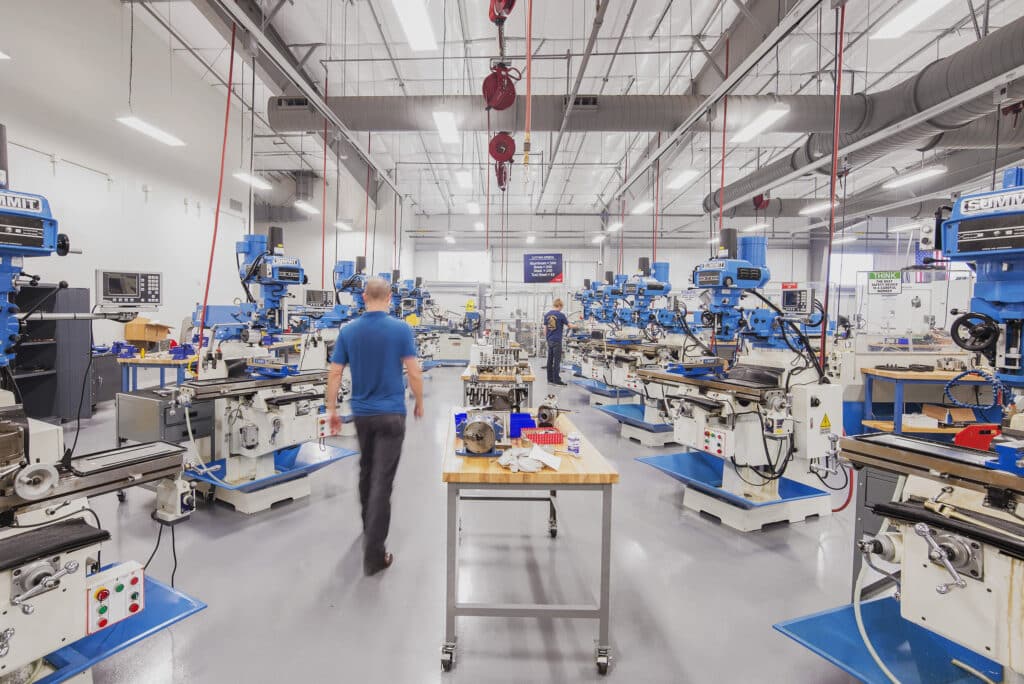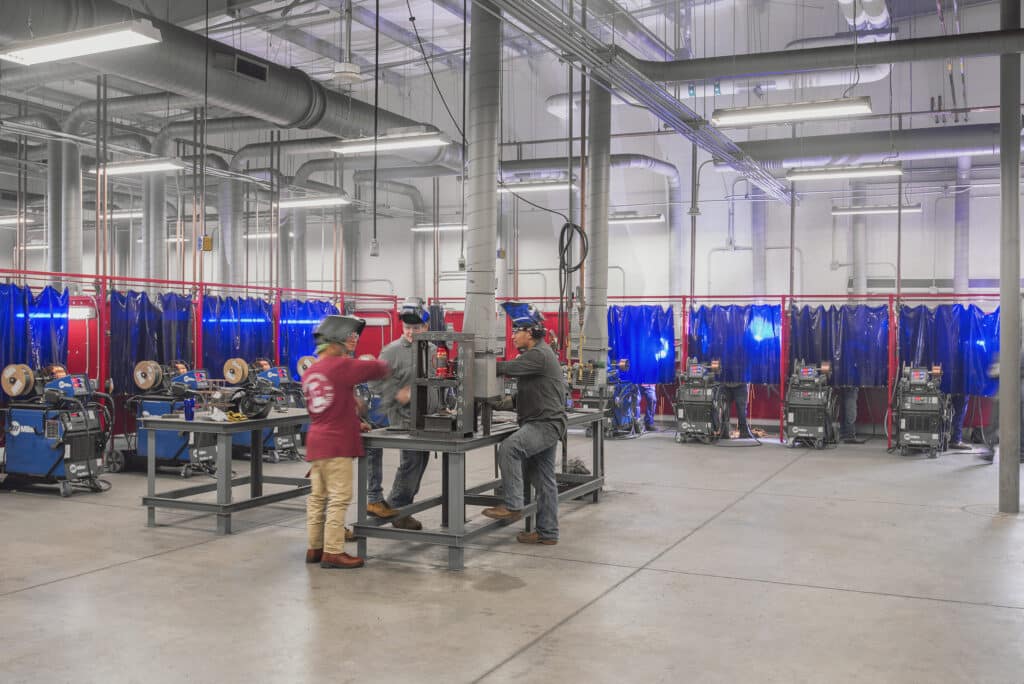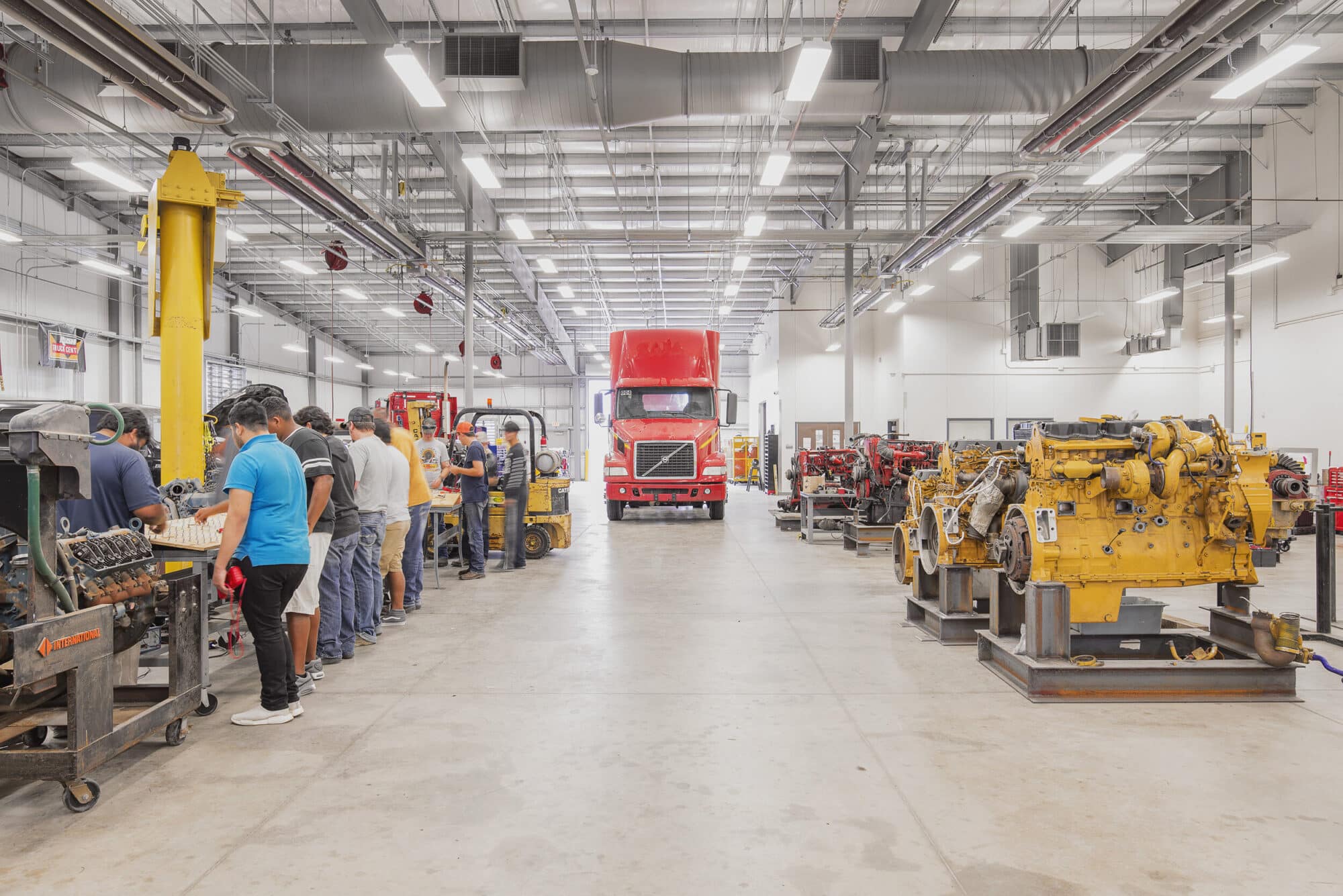It used to be that a High School diploma could get a person into the workforce after graduation. High Schools offered electives such as Wood Shop, Welding, General Auto Mechanics and even Cosmetology. My sister was able to get her Cosmetology license while in high school and I was the victim of many bad haircuts.
In the early 2000s, there was a push to offer and expand the Career and Technology Education (CATE as they were known) programs at the High School level. The Federal government funded many projects that allowed Districts to expand and modernize their programs so that students could learn those basic skills and join the workforce immediately. Students that missed the opportunity in High School turned to the Post-Secondary Institutions to provide those services.

Times have changed from the days where a son took over his father’s contracting business and instead goes to college to attempt to attain a professional degree. The result is a reduction of tradesmen in the workforce, i.e. electricians, welders, mechanics, plumbers, masons, etc. The scarcity of tradesman ultimately drives up the cost of construction. In fact, in Houston, there is a nonprofit organization, Construction Career Collaborative (C3) which “seeks to re-establish the craft trades of the construction industry as a path to a middle-class way of life as well as a meaningful and rewarding career.”
The CTE (as it is now known) in the higher education arena saw a big spike in demand in the last ten years in Texas. Because Texas is a hub for oil and technology companies, the need for CTE has never been greater. The passing of a bond by South Texas College (STC) in McAllen pumped much-needed funding to revamp and expand the CTE programs in the region. Sara Lozano, recently appointed Dean for the Division of Business, Public Safety, and Technology at STC, having worked for STC for the last 13 years, has seen that evolution. Dean Lozano notes that the programs that have seen a steady increase in enrollment are the welding, HVAC, auto and diesel mechanics, and construction-related fields. “There is a shift from the traditional sense of the spaces,” she points out. The need for more collaborative spaces is changing how they approach teaching. At one-point, Lozano exclaimed, “we need less walls!” She envisions spaces where students from the various trades can see and to some degree interact with each other. Lozano adds that the workforce teaching environment needs to look less like a traditional classroom and more like the environments that students will be working in.

This resonates with Raymond D. Fried, AVC Facilities Planning at Texas State Technical College, where there has been a push to have teaching spaces resemble industry workplaces. Fried has seen the need for workforce education throughout the State of Texas. TSTC has opened three new campuses in the last 10 years to fill the gaps. He used the term “skills gap” to explain how the baby boomers are leaving the workforce to retire and the need to replace them is important. Fried points out that there currently are more jobs available than there are students preparing to fill those jobs.
The shift to Performance-Based Education has now defined how new buildings are designed and built. In the workforce programs “students spend 10% of the time in classrooms and 90% in labs,” Fried explains. Those labs can be costly to build with a much higher square foot requirement per student. When dealing with existing facilities the obstacles can be greater.

At a recent TSTC Harlingen campus renovation project, the design team was faced with space limitations and dated electrical gear. The JonesDBR team successfully coordinated with the campus staff to determine the best course of action to accommodate the proposed new equipment, making changes to the electrical power distribution system, while still meeting the accelerated construction timeline.
Ultimately, the community’s needs determine the workforce programs that are relevant. And as the makeup of a community’s economy changes, the workforce demand will change. It is difficult to design facilities that are flexible enough to expand and adapt to growing and changing CTE programs. Each program requires specific equipment with specific infrastructure. One of our challenges as MEPT engineers is to work with our clients to address not only the immediate needs of the program but to design infrastructure that can accommodate future educational demands, whatever those may be.
